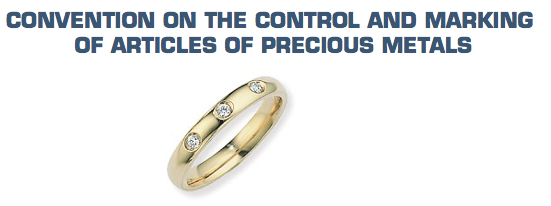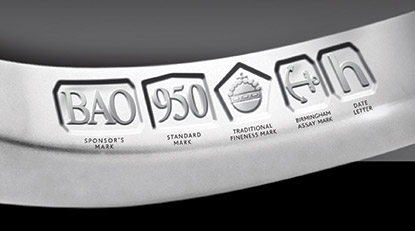Contrary to popular belief, silver doesn’t tarnish especially rapidly unless items are left in an atmosphere where sulphur is present.
General tips
- To clean your silver there are a number of safe silver polishes on the market which can be used with a soft cloth.
- Always make sure that you remove all traces of polish, as it can clog up decorated areas.
- Pointed swabs designed for applying make-up are very good for getting into difficult areas.
- Avoid using toothbrushes when cleaning as they could scratch the surface.
- Don’t over polish silver as you may erase decoration and eventually wear the metal thin.
- If you have to wash your silver do it quickly in luke warm soapy water. Rinse and dry very thoroughly.
- Never soak your silver or put it in the dishwasher.
- Wrapping silver in an anti-tarnish cloth will help protect the silver from pollutants and scratches.
How to mend a knife
- Sometimes the blade comes away from the handle of a knife. The material binding the two is called ‘pitch’. When the blade has come away only an inch or so, or in some cases when the handle has come off completely, there may be enough pitch to repair it.
- Examine the ‘tang’ (the part of the blade that goes into the ‘pitch’). Is it intact?
- What is it made of? It may be made of a base metal such as iron.
- You will probably need to heat the pitch. To do this put the knife in a safe area near a heat source, perhaps near a radiator or stove, so that it can slowly soften. If it does soften then you may be able to ease the blade back in.
- Don’t force it.
- Don’t use hot water to heat the knife as this can cause the metal to rust.
- You should not use the knife for preparing or eating food after this kind of repair.
Cleaning candlesticks
Candlesticks that are frequently used can build up a thick body of wax. Never try to hack off the wax with a knife. There is a simple solution. First leave the candlesticks in a warm room to soften the wax. Then lay the candlestick down, supporting uneven areas with soft, clean cloths. Then use a blunt cocktail stick to slowly and carefully remove the wax. Finally, if necessary, buff up with a silver polishing cloth.
Remember, don’t put the candlesticks in a freezer to remove the wax. The metal can react (sometimes dramatically) to this temperature change. Often, candlesticks are made of more than one metal. If exposed to a dramatic change in temperature the metals might react at a different rate which could cause the candlestick to split apart. The temperature change could also loosen applied decoration such as inlay, enamel or paint.











